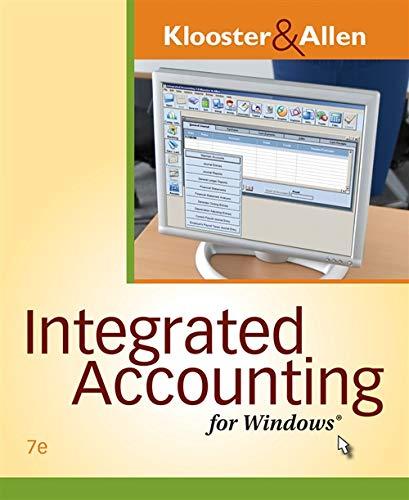Question
Module 6: Management through training and motivation Incentives: Encouraging Productivity In addition to salary, in Mexico, some companies also provide some benefits that Guillermo Sander
Module 6: Management through training and motivation
Incentives: Encouraging Productivity
In addition to salary, in Mexico, some companies also provide some benefits that Guillermo Sander and Jorge Ponga, CEO and consulting partner of Hewitt Intergamma, have called complementary remuneration. This is divided into guaranteed (which the employee receives simply for being an employee) and variable (which includes profit sharing and income from the company's or the executive's own results).
"There tend to be great differences in the way incentives are granted among the different productive sectors, in addition to the fact that in each of them there are exceptions that are sometimes too important. The agro-industrial sector almost never has this type of program, while the industrial and commercial sectors tend to use them more," says Sander.
According to data provided by Jorge Ponga, of a sample of more than 300 multinationals established in Mexico, 73% grant bonuses to their executives and only 18% offer stock plans. On average, a CEO receives up to 116 days' salary per year, first-level executives receive 440,000 pesos or 27% of their salary, and in some cases this compensation is extended to second-line executives. The criteria used by 93% of companies to award bonuses is directly related to the executive's performance, 47% to business results in Mexico and 15% to the company's worldwide profits. Many multinationals assume that, even if business goes badly in one country, their executives should enjoy the company's profits on a global scale.
"At 3M we have 20 years of experience in variable compensation: we were pioneers in Mexico."
An executive can additionally earn up to 25% of his or her annual salary as an incentive because it is closely related to the company's strategy. At management level, 20% is granted and at other levels the incentive can reach 15%," says Germn Surez, the company's human resources director.
Mara Teresa Maldonado, administrative and compensation manager at Ceras Johnson, comments: "In the case of executives, we have had a bonus plan based on results for more than 13 years. An executive can earn more than 25% of his or her annual salary if he or she exceeds planned objectives."
According to Hewitt Intergamma consultants, in Mexico the percentage of variable compensation that an executive can obtain can range from 20 to 30%. In developed countries, the percentage can be much higher, as is the case in the United States.
According to Sander, far more executives receive cash awards than those who receive company shares. Stock ownership plans are considered long-term incentives and usually include only general management and a few key front-line executives.
It is not an easy task to design an incentive program for management personnel, because the relationship between individual job performance and company performance is much more difficult to measure. The types of programs for this level are related to the results of the company or the people being supported. The average amount of this compensation for administrative employees is 31 days of salary per year.
"Sometimes, the criteria for distributing the individual amount per executive are based on aspects that are difficult to measure: improvement of the company's position or image in the market. Moreover, these improvements can be influenced by external variables that do not relate to the executive's capabilities," Sander concludes.
"Part of the success of an incentive is that, first, you have a lot of objectivity to qualify it. Secondly, that it is very simple to understand and explain, and thirdly, that it is very easy to demonstrate that the person who wins it has a direct impact on the company's results," he adds. results of the company," says Surez, who, on the other hand, believes that collective achievement is difficult to evaluate at the operational level, but individual achievement is the easiest to perceive.
Sander believes it is important to first determine what needs to be improved and then see if incentive programs can be a real part of the improvement. "For a productivity program to work you first have to pay decent wages and many companies still don't understand this."
Guiding questions: 1. can supplemental compensation be effective in incentivizing employee productivity? 2. Point out the advantages and disadvantages of variable economic incentives. 3. Considering the difficulties in measuring performance improvements of managers, what should an incentive plan for this type of personnel look like? 4. What other alternatives would you recommend to motivate or incentivize employees?
Source: Management a Global and Business Perspective, Publisher: Mc Graw Hill; 14th edition (2014), Authors Harold Koontz, Keinz Wihrich and Mark Cannice, ISBN-10: 6071507596.
Step by Step Solution
There are 3 Steps involved in it
Step: 1

Get Instant Access to Expert-Tailored Solutions
See step-by-step solutions with expert insights and AI powered tools for academic success
Step: 2

Step: 3

Ace Your Homework with AI
Get the answers you need in no time with our AI-driven, step-by-step assistance
Get Started


